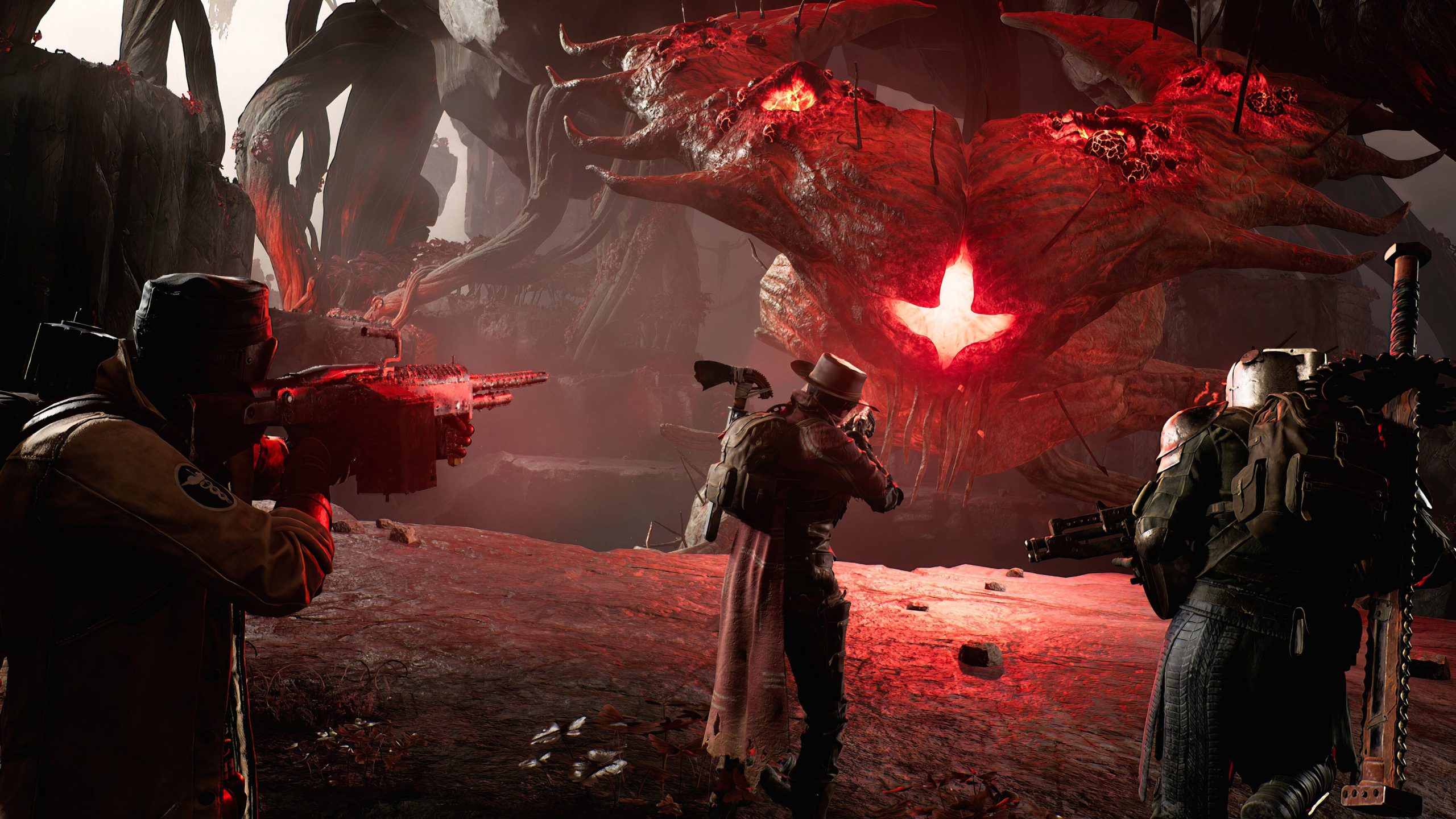Remnant 2 offers an interesting spin on Dark Souls-style action games, combining that series’ fundamental structure with a third-person shooter gameplay and a procedurally generated world. It’s a formula pioneered by the first Remnant game in 2019, but the sequel is more technically interesting – as it’s a current-gen-only title that takes advantage of Unreal Engine 5 features and the enhanced horsepower provided by PS5, Series X and Series S. We’ve tested the game on each of these consoles to discover whether its visuals befit its ninth-gen heritage and whether its procedural systems can deliver a satisfying adventure.
Remnant 2 certainly makes a great first impression. The game’s tutorial area offers a brief glimpse of a Last of Us-style post-apocalyptic city, which offers some satisfying visuals, with excellent artwork, detailed assets and advanced lighting creating a compelling and lived-in environment. However, locales beyond the tutorial area are more mixed, with some – like the dark 20th-century city of Losomn – exhibiting a noticeably less lavish look and relatively basic indirect lighting. These kinds of dusky environments is often hard to light convincingly, and that’s certainly true here.
This is perhaps due to the lack of some key Unreal Engine 5 features, such as Lumen real-time global illumination or any ray tracing effects. Instead, the primary UE5 tech is the Nanite virtualised geometry system, which manifests in a distinct lack of LOD pop-in and an excellent level of up-close geometric detail. Virtual shadow maps also appear to make the cut and while shadows are uniformly sharp, there is no visible shadow cascade whatsoever – so no cut-off point where higher resolution shadows give way to lower resolution versions further from the camera.
Another factor is that the game’s locations seem to be composed of a series of prefabricated environmental blocks integrated through a procedural generation system. Key areas in each location appear to be the same through multiple playthroughs, but the sections in-between shift for each character you create. Some of these blocks can look quite appealing, from glossy and ornate faerie interiors to more science-fiction themed environments. Interior areas in general seem to fare particularly well, with high-fidelity models and materials. When you get up close to any given asset you can really appreciate how fine-grained the detail can be. Other environmental blocks, like the exteriors of Losomn, prove somewhat less compelling.
